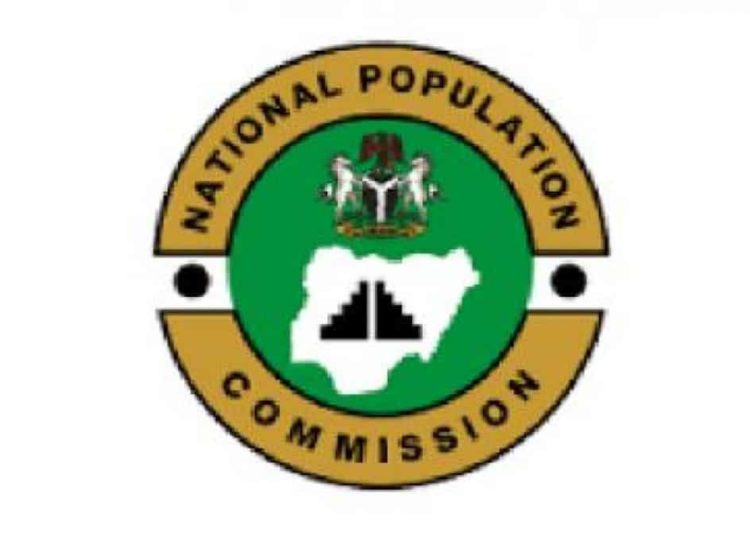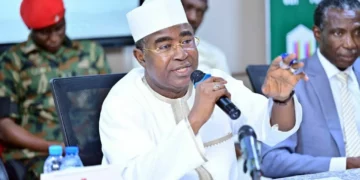National Population Commission (NPC) has called on relevant strategic partners to join hands with the commission in realising the dream of providing the needed demographic data that will facilitate and place Nigeria on the pedestal of sustainable development.
Its federal commissioner in Bauchi State, Ibrahim Mohammed Darazo, made the call at a press conference held at NUJ Secretariat, Bauchi on the official commencement of the trial census for the 2023 population and housing census in the state.
He said the approval for the conduct of the Trial Census for June 2022 and the Population and Housing Census in April 2023, has underscored President Muhammadu Buhari’s commitment towards ensuring the sustainable development of the country and has demonstrated his desire to place the welfare of the Nigerian people at the centre of governance.
Darazo stated that upon the approval, the commission had intensified preparatory activities deploying technological innovations on a massive scale to conduct a truly scientific census that will not only be accurate and reliable but also transparent and acceptable to all Nigerians.
He said the NPC had carried out the demarcation of the entire land mass of Nigeria into small Enumeration Areas that can be covered by a team of enumerators, and the first and second pretests to test the census instruments for smooth conduct of the 2023 population and housing census in the county.
“The trial census, which is also known as the ‘census dress rehearsal’, is another key preparatory activity for the census. It is a process in which all census operations are tested in a detailed and comprehensive manner. This takes place as a matter of best practice about a year before the actual census date to assess the scenarios that may be presented during the main census,” he said.
The commissioner said some of the objectives of the trial census are to assess the quality and the usefulness of the Enumeration Area (EA) maps that had been created and to determine the possible demographic as well as geographical changes that might have occurred in the EAs carved between 2016-2018 and their implications for census taking.





